Erlangen 1820 – 1915 Oberwesel a. Rhein
German Painter
'A Best Friend'
Signature: Signed middle right
Medium: Mixed media
Dimensions: Image size 32 x 26 cm, frame size 52 x 46 cm
Biography: Haag Carel was born in 1820 in Erlangen and became a prominent painter spanning the 19th to 20th centuries, leaving his artistic legacy in both England and Germany. A versatile artist, Haag was known for his proficiency in various genres, including genre paintings, portraits, architectural scenes, landscapes, and oriental subjects. His skills extended to gouache painting, watercolors, miniaturism, and drawing. His artistic education flourished under the guidance of notable mentors, including Albert Reindel at the Academy of Nuremberg, as well as master teachers Peter von Cornelius and Wilhelm von Kaulbach in Munich. Haag's artistic journey took him across Europe and the Middle East, exploring Belgium, France, Italy, Syria, and Egypt. Notably, he shared a studio in Cairo with British Orientalist painter Frederick Goodall. Eventually, he established residences in both London and Oberwesel on the Rhine. As a member of esteemed artistic societies like the Society of Painters in Watercolour and the Royal Society of British Artists, Haag garnered recognition. His court appointment as a painter to the Duke of Saxe-Coburg and Gotha further underscored his influence. A pivotal moment in Haag's career occurred in 1859 when he stayed in Jerusalem. At the request of the Queen of England, he was granted special access to the Mosque of Omar to paint the Holy Rock, a unique privilege that had not been extended to any artist before. His exhibitions, including one at the German Athenaeum in London, showcased more than eighty works. Haag's artistic prowess was recognized with awards, including a medal in Vienna in 1873 and the title of Chevalier de la Légion d'Honneur in 1878. Transitioning from oil painting to watercolors, Haag developed a distinctive technique. Applying pure colors in layered washes, he utilized delicate brushwork and scraping to achieve nuanced tones. His oeuvre includes orientalist pieces like "Strolling Musicians of Cairo" and "al-Ghouri Mosque, Cairo," as well as landscapes, architectural motifs, and portraits of women. Today, Haag's works adorn private and public collections, including museums in Blackburn, Bristol, London, and Manchester. He passed away on January 24, 1915, in Oberwesel-Rhine, Germany, leaving behind a rich legacy in the world of art.


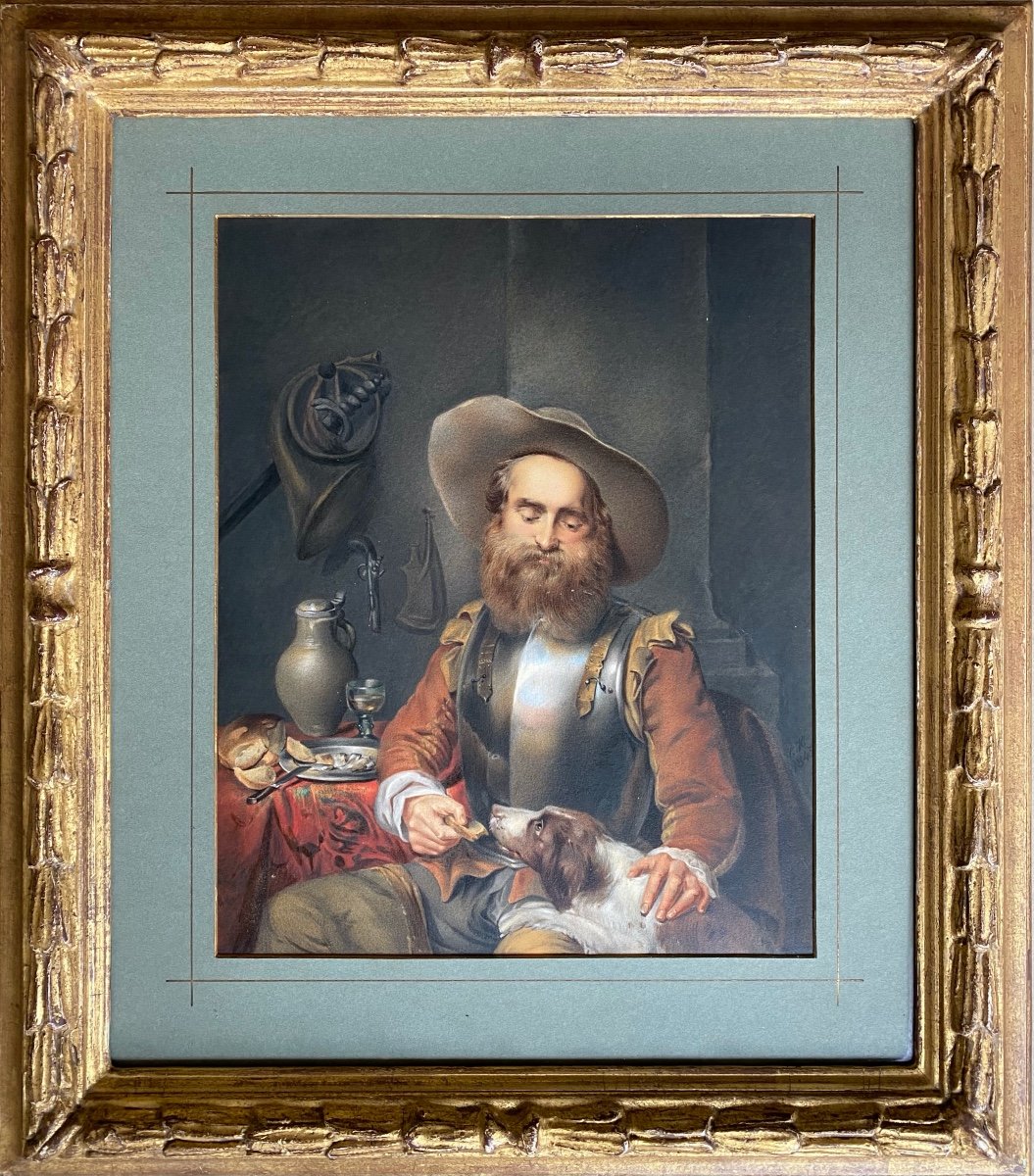
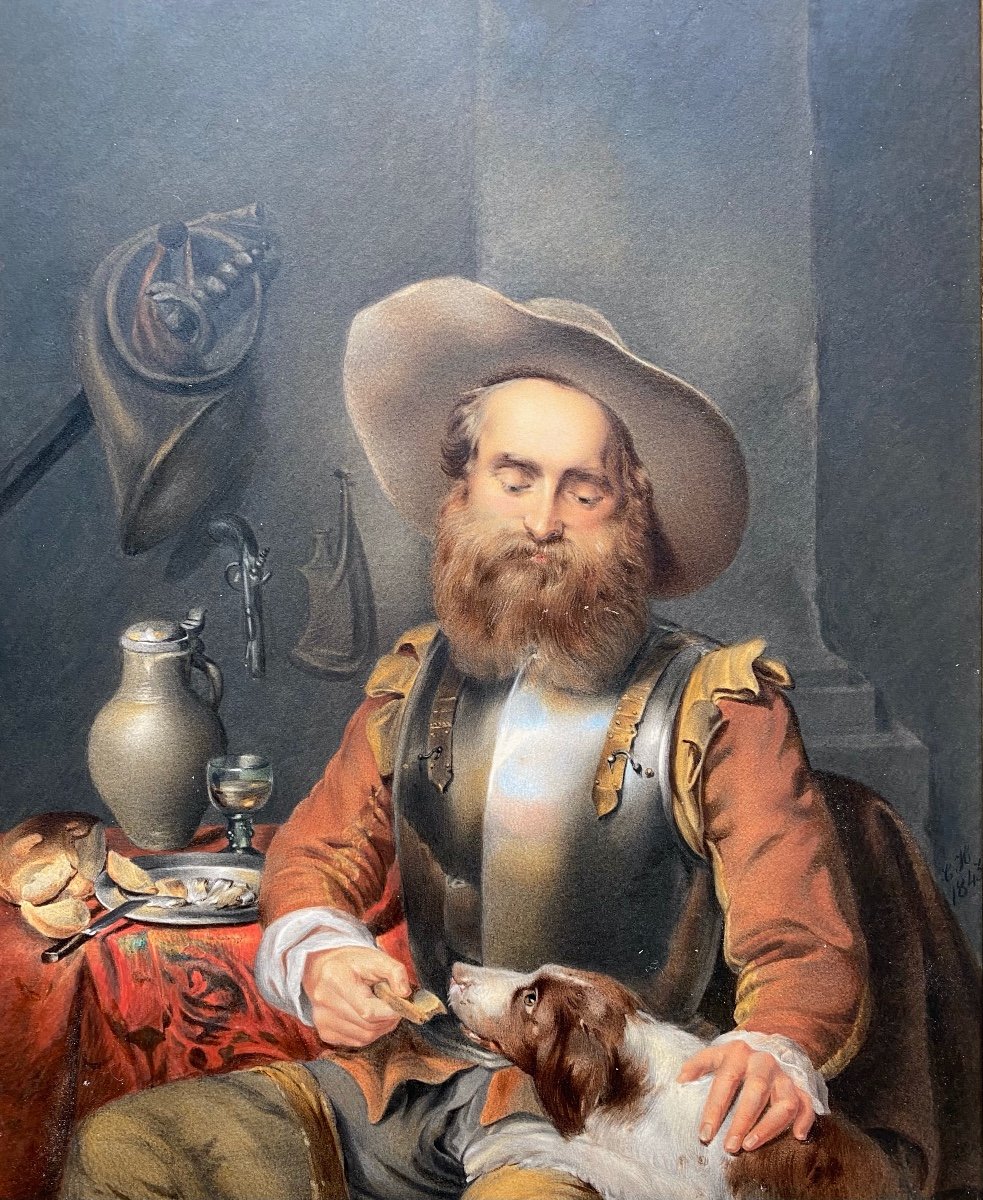
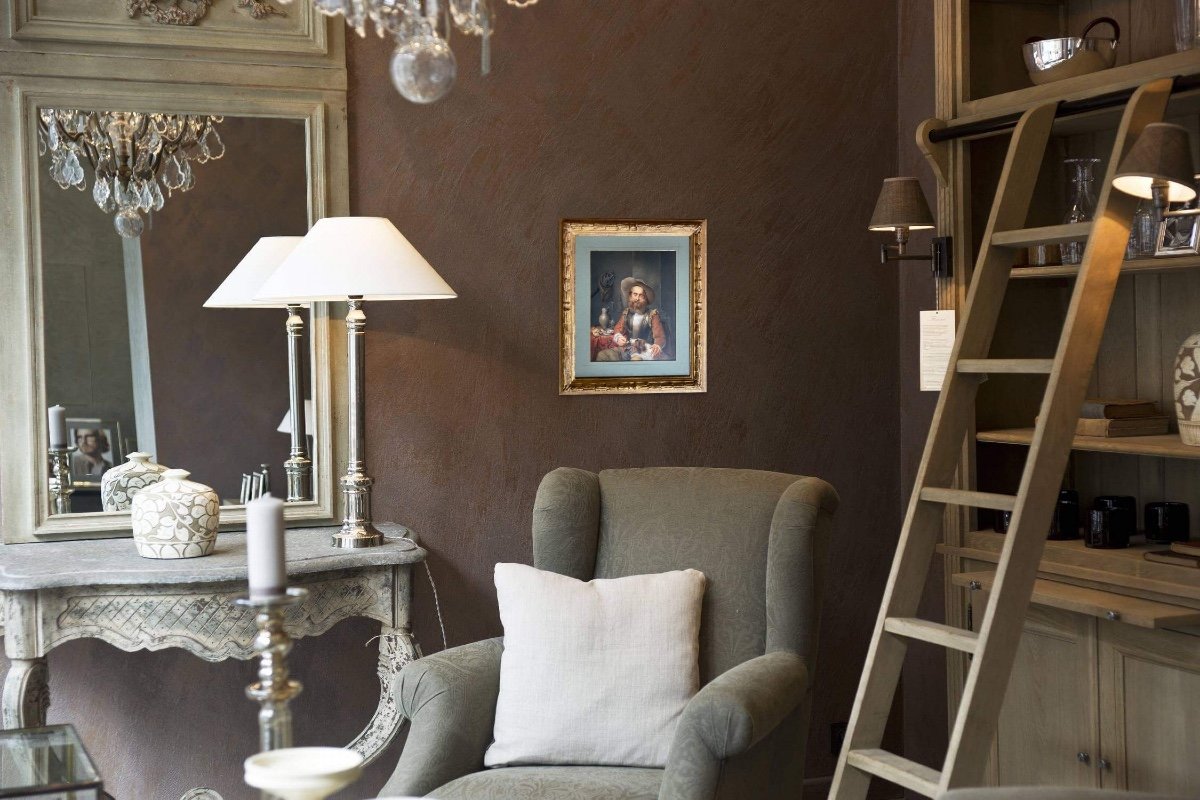
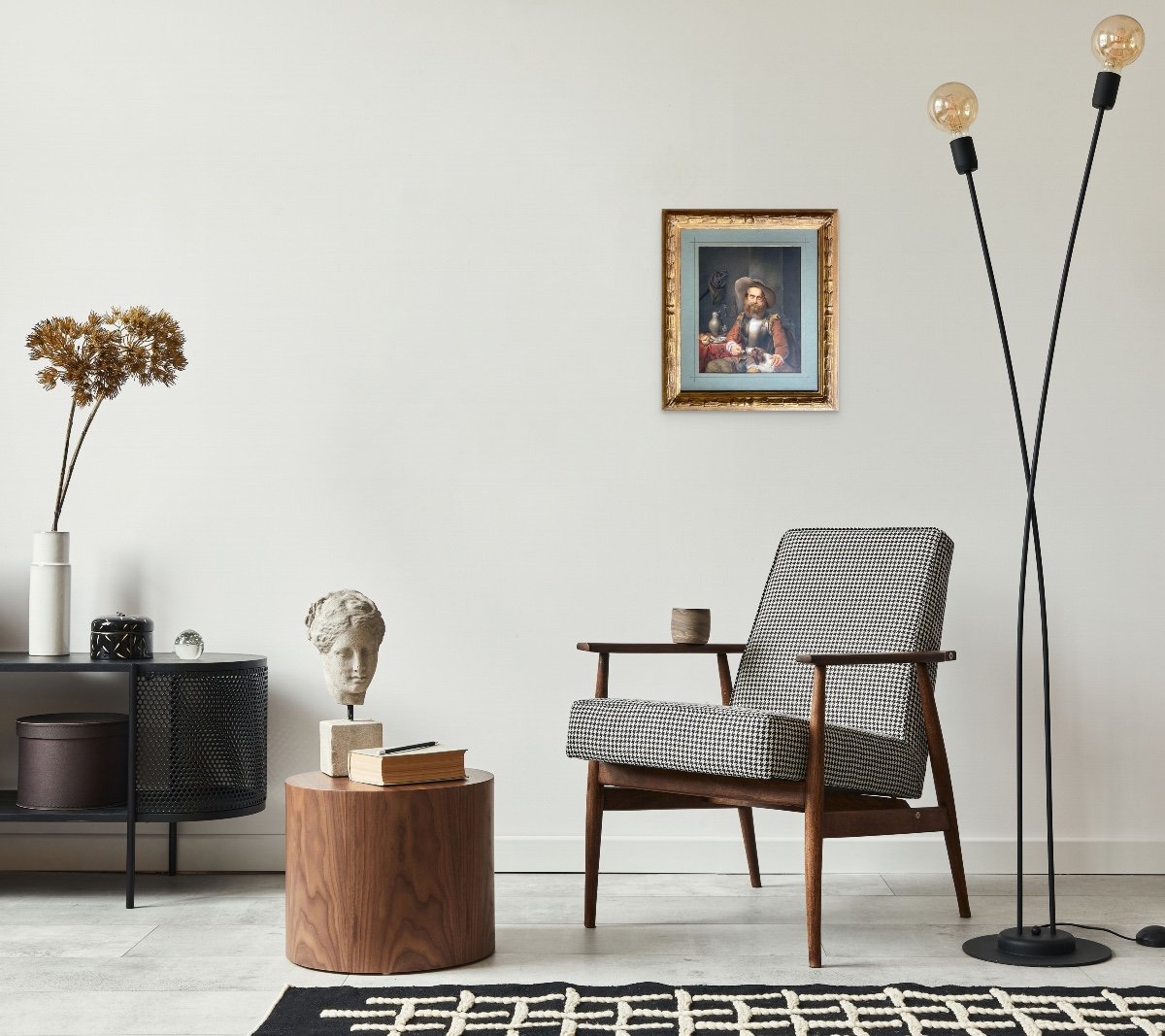





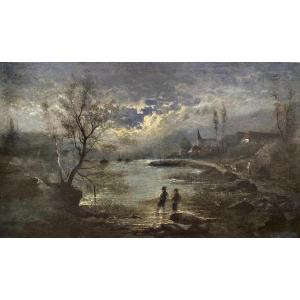

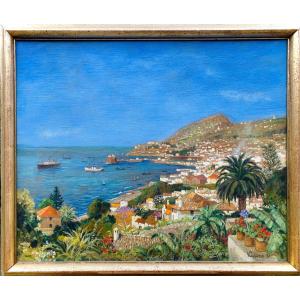
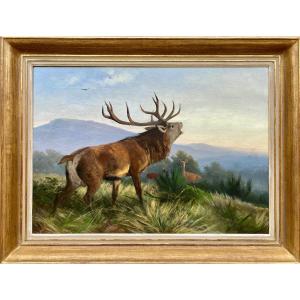

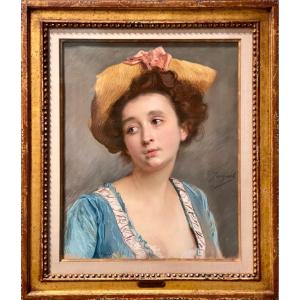
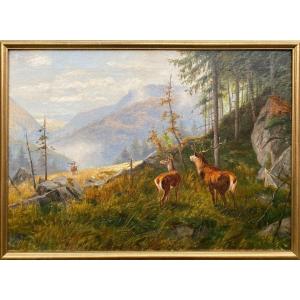
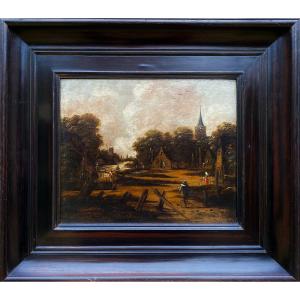
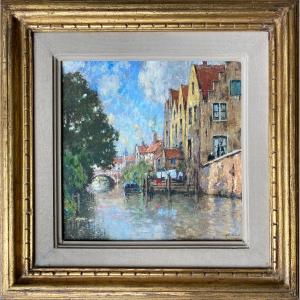






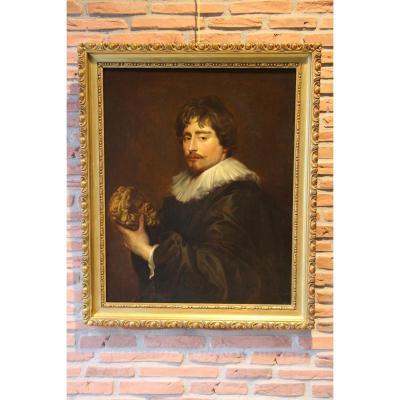

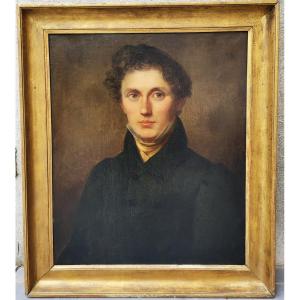
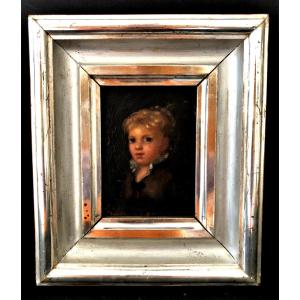
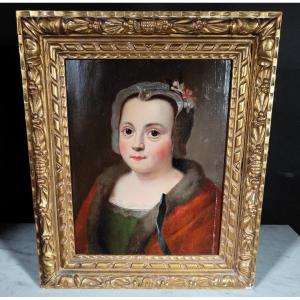



 Le Magazine de PROANTIC
Le Magazine de PROANTIC TRÉSORS Magazine
TRÉSORS Magazine Rivista Artiquariato
Rivista Artiquariato